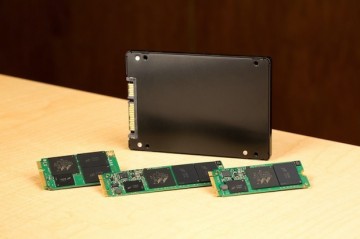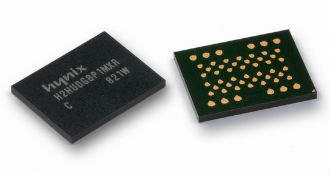 Flash space outfit Pure Storage says it has growth plans thanks to a new product set that it says reflects that the market is mature.
Flash space outfit Pure Storage says it has growth plans thanks to a new product set that it says reflects that the market is mature.
The vendor used its second customer and partner event, Pure Accelerate 2017, to highlight concepts like deep learning, data analytics and Artificial Intelligence (AI), and how they are driving customers’ data requirements.
VP EMEA, Pure Storage James Petter said that the message has changed and matured, particularly around his outfit’s data platform.
“We don’t want to be a storage company; we’re a data company, we’re an innovation company.”
The vendor has released a new NVMe array, FlashArray//X, its FlashBlade storage platform, plus 25 new software features during Accelerate.
Other announcements included a new AI engine offering predictive intelligence, Meta, as well as enhancements to its flash array FlashBlade – now with 75-blades so it is faster to process big data and “unlock iterative real-time analytics, advanced AI and machine learning (ML), and rich simulation for data of any size”.
This will be good news to its UK partners who have been finding it difficult to position FlashBlade because it has been flogged as an object storage platform, even if it is costlier.
It is not clear yet if customer demand for AI, ML and other areas that demand high-performance storage is there yet.












